Language
- English
- Español
- Français
- Italiano
- Português
- Deutsch
- Nederlands
Currency
- AUD Australian Dollar
- CAD Canadian Dollar
- EUR Euro
- GBP Pound Sterling
- USD US Dollar
- ZAR Rand

Safari Expert Jessica Robertson packed her bags to discover Ruaha and Nyerere National Park (previously Selous) in Tanzania. These destinations offer off-the-beaten-track adventures, as well as luxury and excellent hospitality at beautiful riverside lodges and tented camps. Jessica did a comprehensive tour of both areas and explored the possibility of combining them with other Tanzanian gems like the Mahale Mountains and chimpanzee trekking.
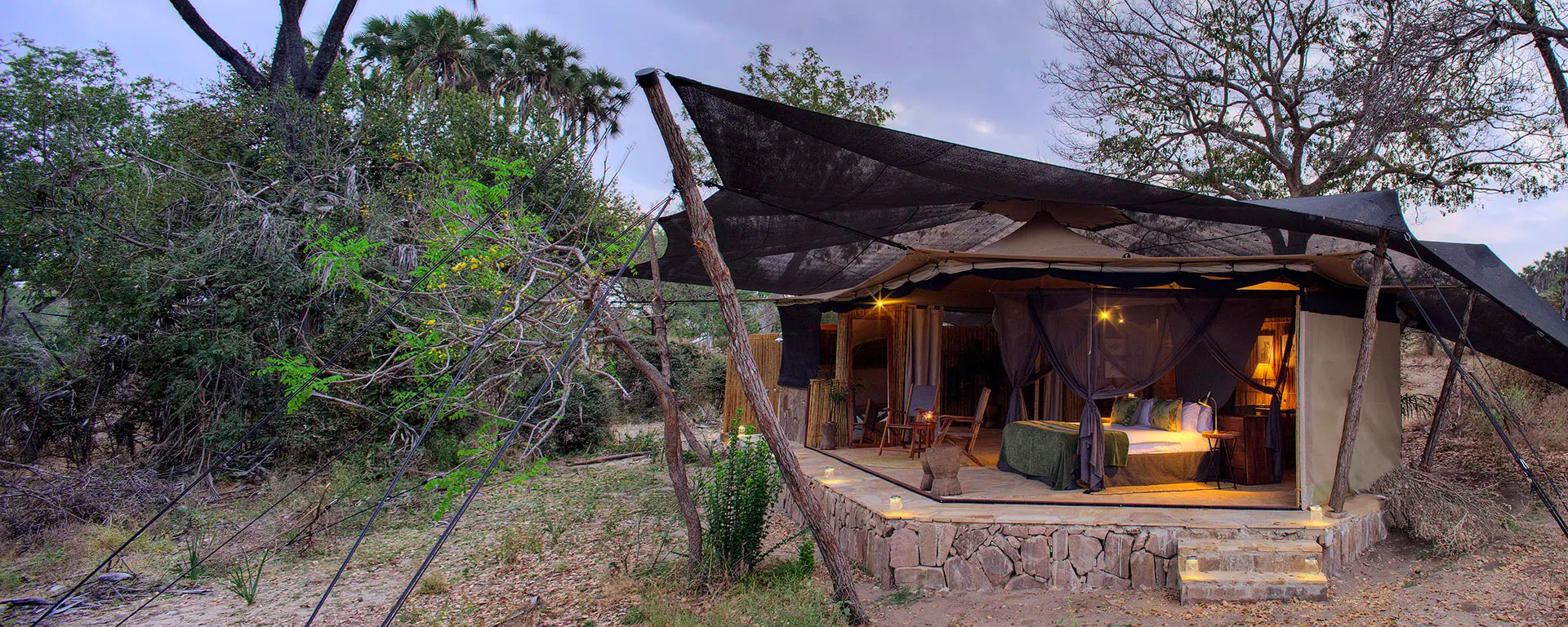
I flew into Dar es Salaam and spent the night. The next morning, we took a light aircraft flight to the Nyerere National Park (previously Selous), which was around 40 minutes long and landed at Siwandu Airstrip. We then spent two nights at the beautiful Roho Ya Selous, which is set on a hill overlooking the Rufiji River. It is close to Lakes Manze and Nzerakera, an area considered to offer the best game viewing in the reserve. Elephants and buffalo make their way to the water where there are pods of hippos and abundant birdlife, and the Selous has a great mix of predators, including lion, crocodile, leopard and wild dog.
After Roho Ya Selous, we moved on to Ruaha and spent two nights at Kwihala Camp, a bush camp with familiar comforts in an unspoiled setting. We then were transferred by road to their sister property, Jabali Ridge. After the last two nights at Jabali Ridge, we flew back to Dar es Salaam on the Pilatus PC-12 which is a pressurised light aircraft that is at least 20 minutes quicker than the older unpressurised models – so our flight was around ninety minutes rather than two hours. I then spent the night at the Serena Dar Es Salaam, which is in the city centre and only 15 minutes from the airport.

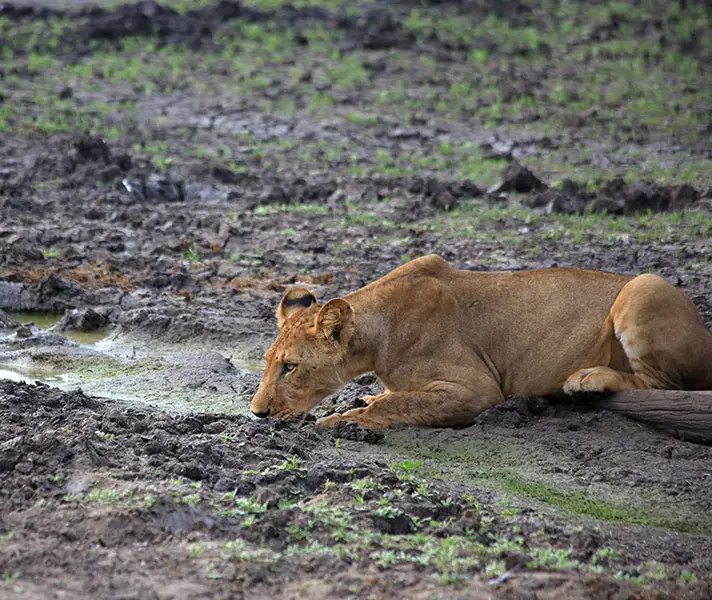
The best wildlife experience of the trip was when a young male lion (part of a pride of nine) left the shade and went for a drink down at the lake, scratched himself on a tree and then saw an impala a short distance away. He started to stalk it and I really thought we were about to see a kill – he got so close but right at the end he flicked his tail and the impala saw him and ran away. It was exhilarating!
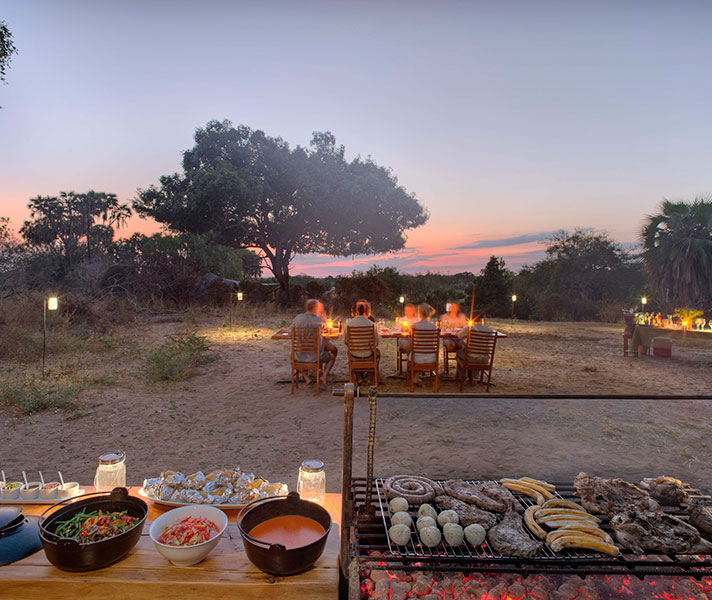
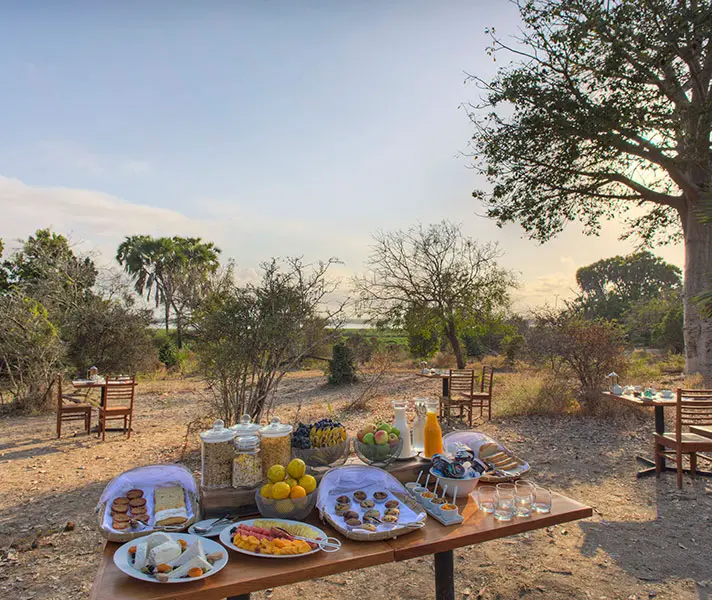
Every lodge I stayed at had delicious food – it was some of the best food I’ve had on safari. All the meals were fresh, healthy and quite simple, for example, building your own mini-burgers (sliders) for lunch, with chicken, beef and veggie options and lots of salads and potato wedges. Another delicious lunch was platters brought to the table – salads, yummy sauces, chicken schnitzels, basil pesto pasta – all presented beautifully and tasty.
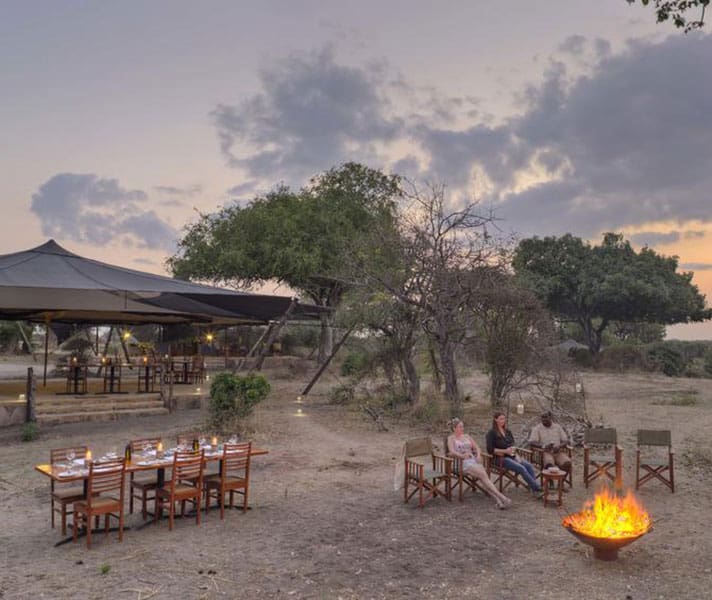

Jabali Ridge was absolutely beautiful and really blew me away. To be honest, all three of the camps we stayed at had such incredible staff that even Kwihala, a bush camp with basic facilities and no Wi-Fi, felt like a luxury experience. The staff were the best and really were the highlight of the trip. Always smiling, they knew everyone by name, remembered your favourite drink, and filled your bottle with cold water – all without any prompting. They are incredibly professional and make you feel relaxed, often cracking a few jokes. They all made a lot of effort with their outdoor dining and pre-dinner drinks.
At Roho Ya Selous we were taken down into the dry riverbed, walked for about five minutes in the dark and rounded a corner to a beautifully lit-up bush dinner with another seating area around a big firepit, where we sat for hours after dinner, drinking wine and chatting.
The guides we had were exceptional, especially Hamza at Roho Ya Selous, Tony at Kwihala (one of the official Top 5 Tanzanian guides for 2017) and Lorenzo at Jabali Ridge (a young Italian who fell in love with the bush and one of the best guides I have ever had).
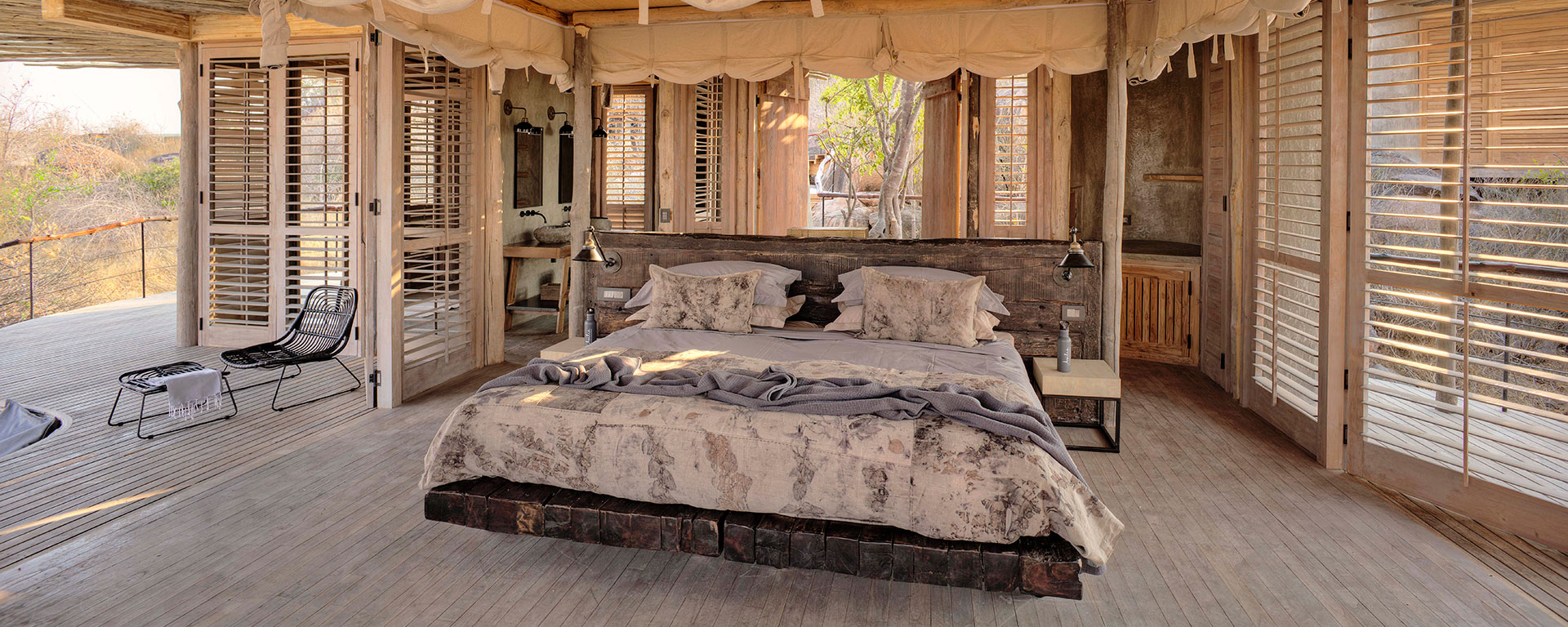
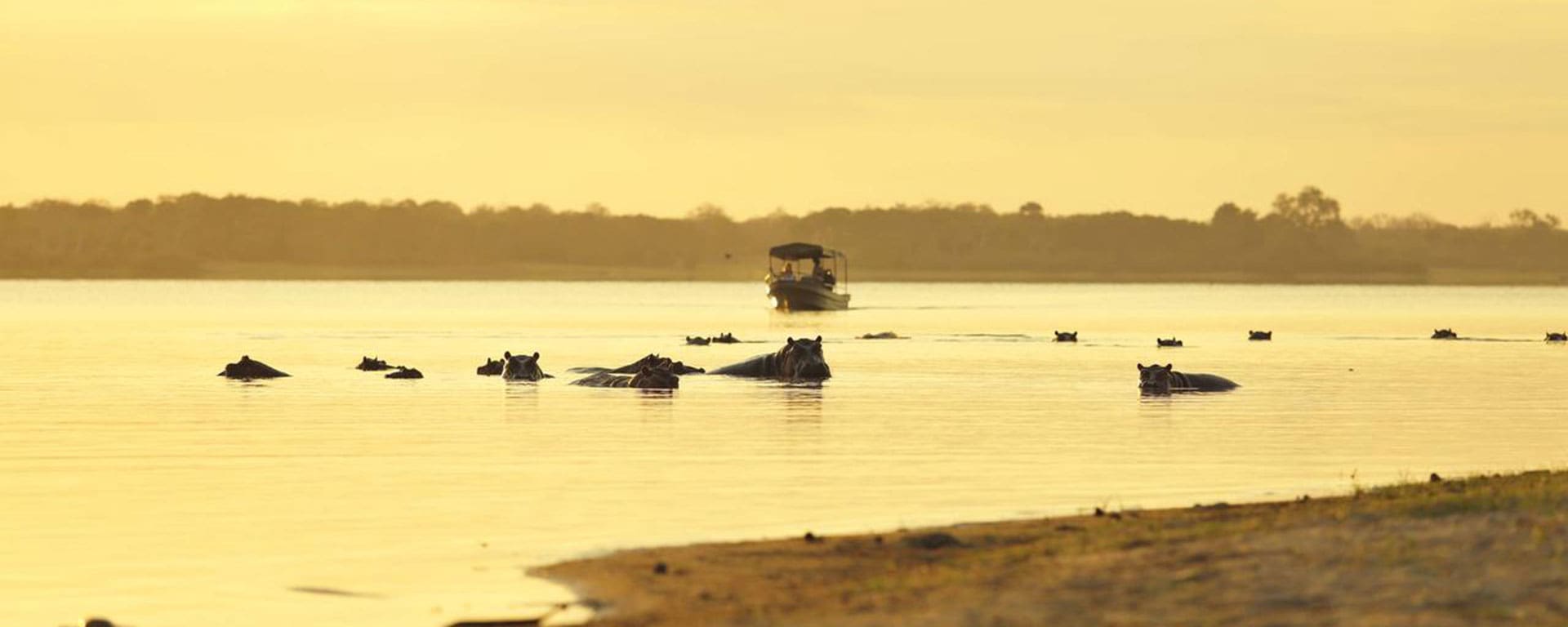
In Nyerere the landscape was intriguing immediately: it’s very dry in places (we were travelling at the end of the dry season) and then around the corner you drive through lush green grass and palm trees alongside a lake. It really felt like there was a different landscape every few minutes.
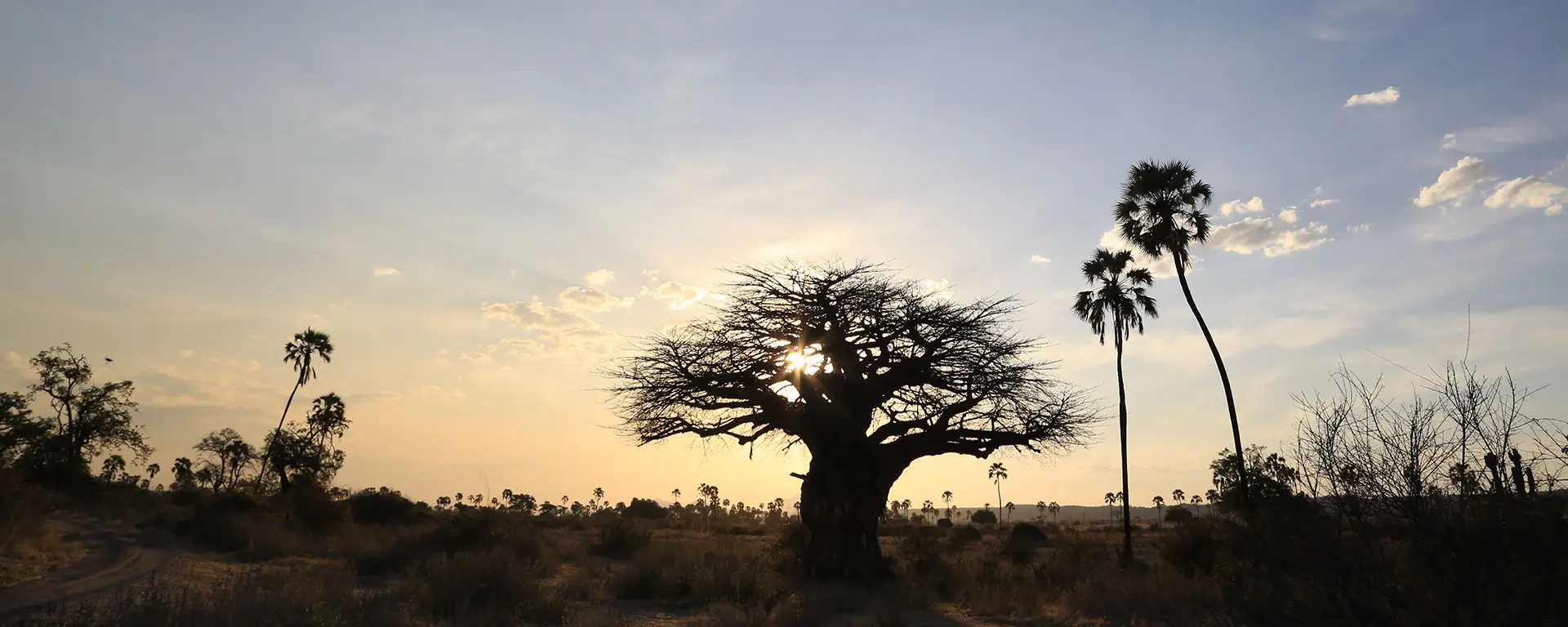
Ruaha is still very undiscovered and is just as untouched and wild as Nyerere, but the game viewing is more diverse. The guides work hard for the sightings but this means that they will always be highly skilled. Both areas are quite tropical, very different and incredibly special.
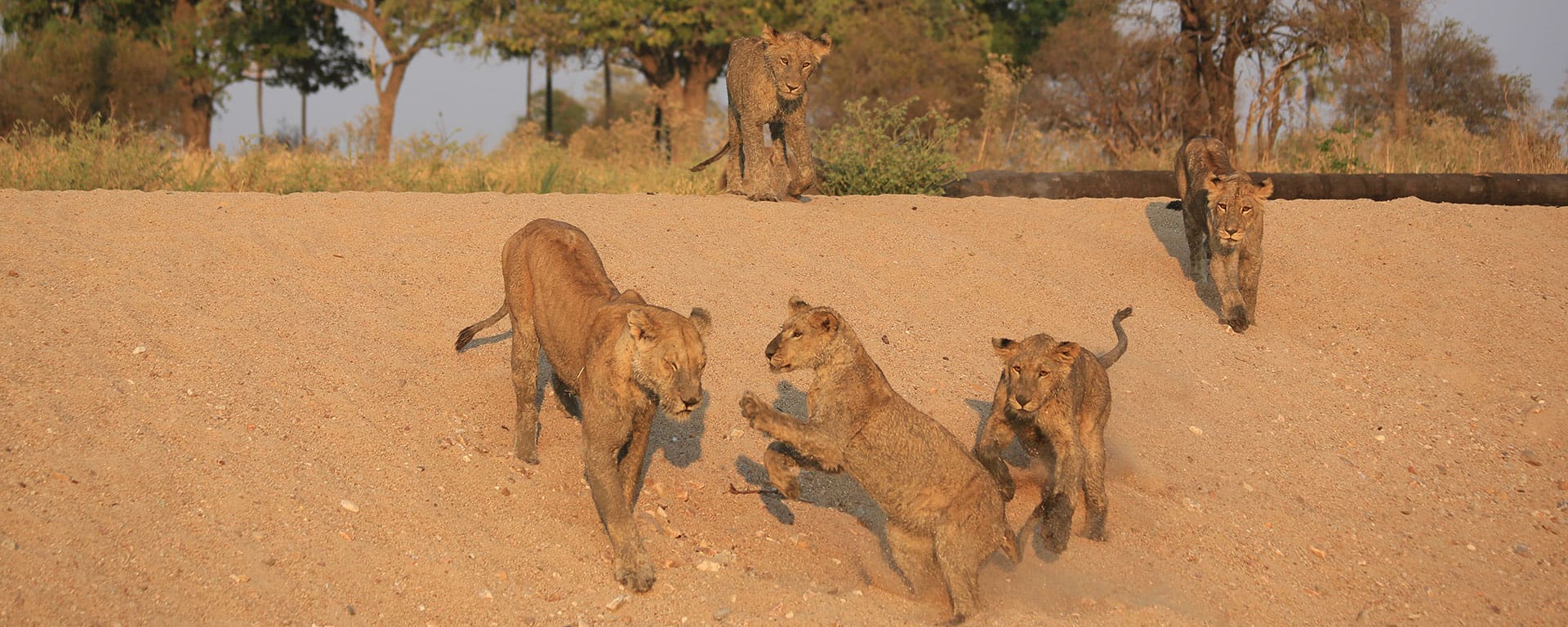
Because you have to work slightly harder for your game viewing (compared to South Africa and the northern circuits of East Africa), it is more ‘untouched’ and with this comes fewer crowds and a more exclusive experience.
The biggest benefit is that when you do see predators (we saw lions every day over the full six nights) or really interesting sightings, you are able to take your time and just sit and watch them. Usually, safari etiquette decrees that you might have to make space for other vehicles and only get to spend around 10 minutes at a sighting before leaving so other safari lovers can come enjoy it too – but here, there aren’t necessarily other vehicles anywhere close by. When we saw the lion stalking the impala, for instance, we spent over an hour just sitting there and watching the big pride interact and lie around. I absolutely loved this.
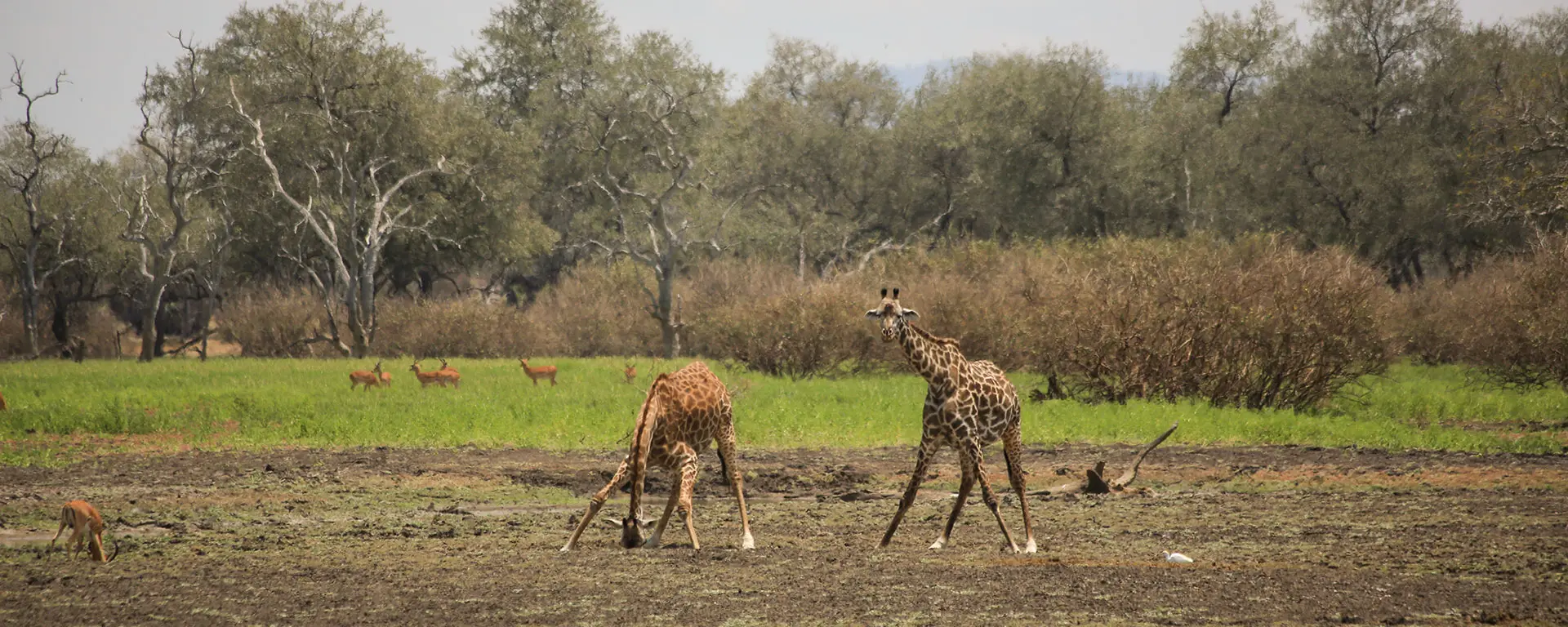
Similarly, in Ruaha, we sat with another large pride of lions (including small cubs). When our guide picked up that a herd of buffalo in the far distance were heading in the direction of the lions, we went to make sure, circled back to the lions, and drove to the other side of the riverbed and parked under a tree where we had a good vantage point. We sat there for around 45 minutes, waiting for the buffalo to arrive – they did, exactly where the guide predicted. Then we waited in anticipation for them to go down into the riverbed where the lions would hopefully take advantage and make a kill. It might sound boring, but it was so exciting. Time goes by so quickly in the bush when you are sitting dead-still, as to not disturb what could possibly be the kind of sighting you see in National Geographic documentaries.
Want to know more about combining Africa’s islands and incredible wildlife destinations? Sign up to our newsletter for insider info on African travel. If you’re ready to start planning your dream safari, get in touch with a friendly Africa Safari Expert today.